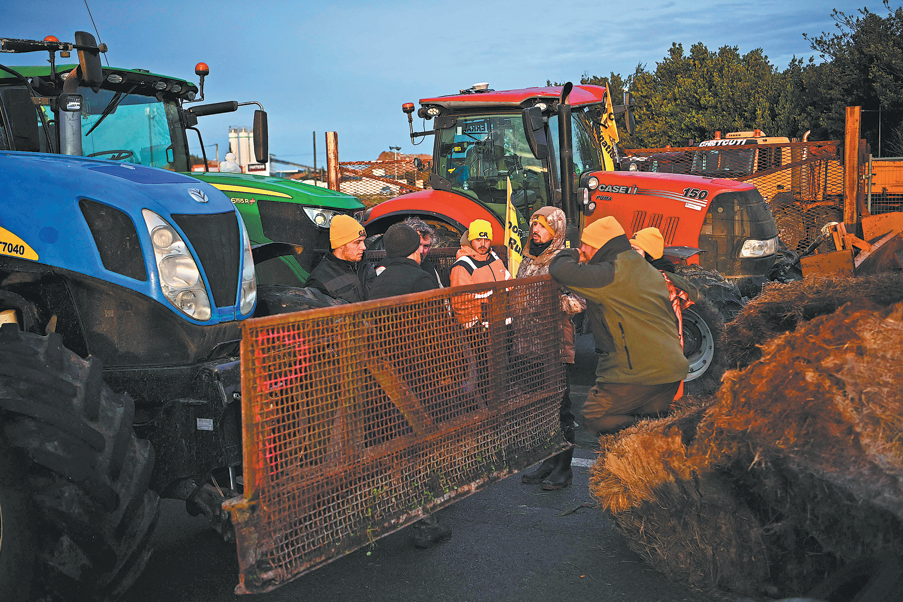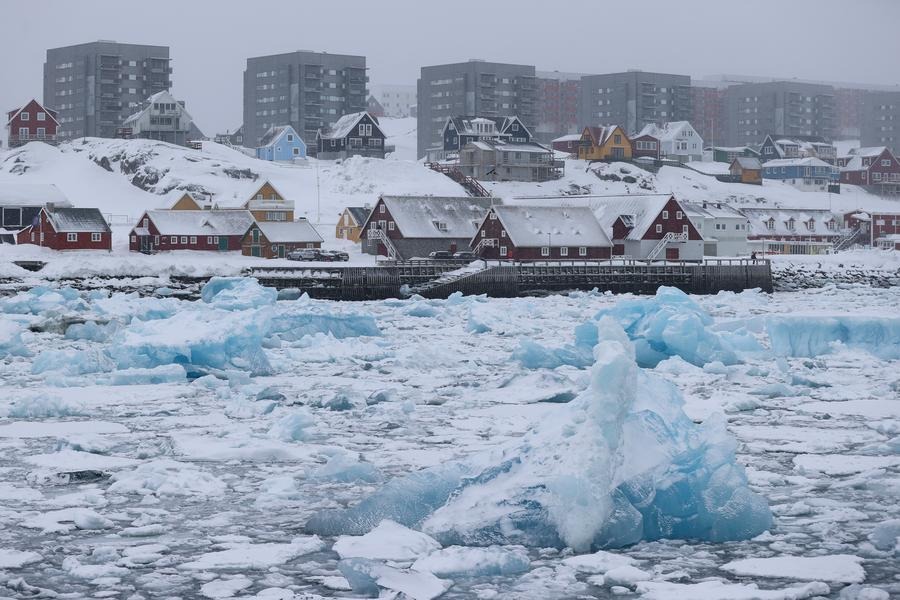Wildlife at risk as Great Salt Lake shrinks


SALT LAKE CITY, Utah-The silvery blue waters of the Great Salt Lake sprawl across the Utah desert, having covered an area nearly the size of Delaware for much of history. For years, the largest natural lake west of the Mississippi River has been shrinking. And a drought gripping the western states could make this year the worst yet.
The receding water is already affecting the nesting spot of pelicans that are among the millions of birds dependent on the lake. Sailboats have been hoisted out of the water to keep them from getting stuck in the mud.
"A lot of us have been talking about the lake as flatlining," said Lynn de Freitas, executive director of Friends of the Great Salt Lake.
The lake's levels are expected to hit a 170-year low this year. It comes as the drought has the West brace for a brutal wildfire season and coping with already low reservoirs.
For the Great Salt Lake though, this is only the latest challenge. For years, residents have been diverting water from rivers that flow into the lake to water crops and supply homes. As the lake is shallow-with about 11 meters at its deepest point, less water quickly translates to receding shorelines. The water that remains stretches across a chunk of northern Utah, with highways on one end and remote land on the other.
This year is primed to be especially bleak. Utah is one of the driest states in the country, and most of its water comes from snowfall. However, the snowpack was below normal last winter and the soil was dry, meaning much of the melted snow that flowed down the mountains soaked into the ground.
Brine shrimp support a $57 million fish food industry in Utah, but less water in the coming years could make the salinity too great for even those tiny creatures to survive.
"We're really coming to a critical time for the Great Salt Lake," said Jaimi Butler, coordinator for Great Salt Lake Institute at Westminster College in Salt Lake City. She studies the American white pelican, one of the largest birds in North America.
Urgent needs
They flock to Gunnison Island, a remote outpost in the lake where up to 20 percent of the bird's population nests.
But the falling lake levels have exposed a land bridge to the island, allowing foxes and coyotes to come across and hunt for rodents and other food. The activity frightens the shy birds accustomed to a quiet place to raise their young. So, they flee the nests, leaving the eggs and baby birds to be eaten by gulls.
A study from Utah State University showed that to maintain lake levels, diverting water from rivers that flow into it would have to decrease by 30 percent. But for the state with the nation's fastest growing population, addressing the problem will require a major shift on how water is allocated and perceptions of the lake, which has a strong odor in some places caused by treated wastewater and is home to billions of brine flies.
"There's a lot of people who believe that every drop that goes into the Great Salt Lake is wasted," said Kevin Perry, a University of Utah atmospheric scientist. "That's the perspective I'm trying to change. The lake has needs, too. And they're not being met."
Agencies Via Xinhua

































